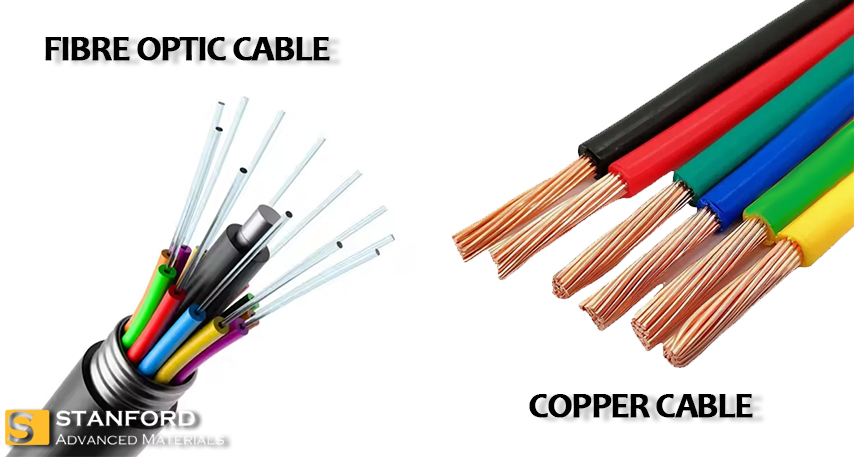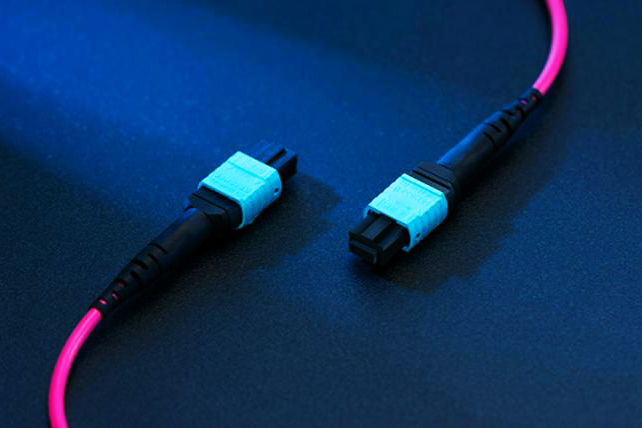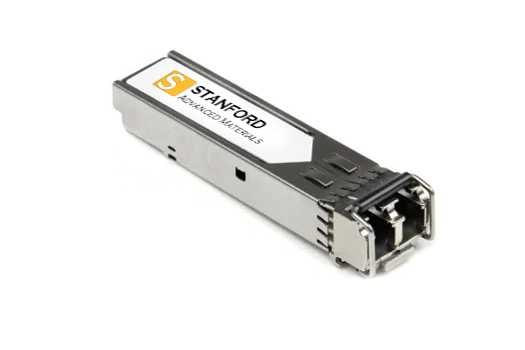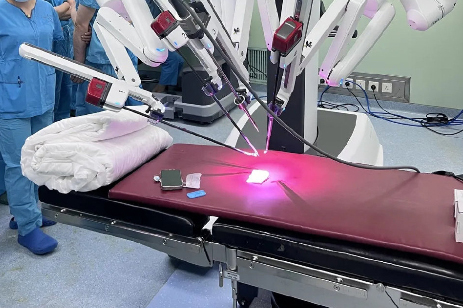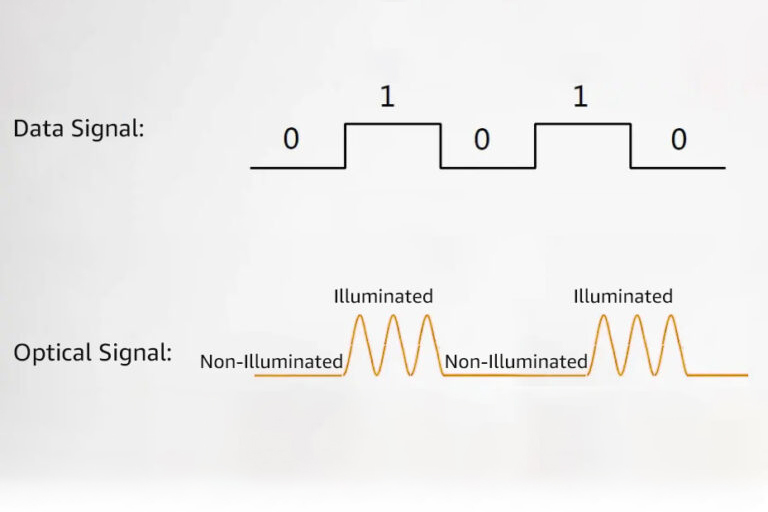
The Sustainability of Fiber Optics: How Green Networks Benefit Businesses
Introduction
In today’s hyper-connected world, communication technologies are indispensable to both businesses and everyday life. Yet, as we expand and upgrade our connectivity infrastructure, the environmental costs of traditional networking solutions, such as copper cables, have come under scrutiny. High energy consumption, resource-intensive manufacturing, and frequent hardware replacements contribute significantly to the growing carbon footprint of the IT and telecommunications sectors.
Fiber optic technology offers a promising alternative. Known for its exceptional speed and reliability, fiber optics enhances network performance and supports the transition to sustainable connectivity solutions. This article explores how fiber optic networks can enable sustainability while delivering long-term business benefits.
What Are Sustainable Networks?
Sustainable networks are designed to minimize environmental impact while maintaining or enhancing performance. In the context of IT and telecommunications, sustainability involves reducing energy consumption, extending the infrastructure lifecycle, and utilizing eco-friendly materials. These networks align with the broader goals of environmental responsibility by balancing connectivity demands with resource conservation.
Fiber optic cables are a key component of sustainable networks. Unlike traditional copper cables, which rely on energy-intensive processes and materials, fiber optic cables transmit data using light signals, leading to lower energy requirements for data transmission. Furthermore, the primary materials used in fiber optics, such as silica and glass, are abundant and extracted with less environmental harm. These qualities position optical cables as a critical part of greener network infrastructure.
Environmental Advantages of Fiber Optics
-
Energy Efficiency
Fiber optic cables transmit data using light rather than electricity, making them far more energy-efficient than traditional copper cables. Light signals experience minimal resistance and loss during transmission, allowing data to travel over long distances without the need for energy-intensive amplifiers or repeaters. This efficiency translates to a significantly lower energy footprint for fiber optic networks. -
Reduced Carbon Footprint
The production and operation of fiber optic cables generate fewer carbon emissions compared to copper cables. Copper mining and processing are resource-intensive and release substantial greenhouse gases, whereas the materials used in fiber optics, such as silica and glass, are more environmentally sustainable. Additionally, fiber optic networks consume less energy during operation, further lowering their overall carbon footprint. -
Minimized Electronic Waste
Fiber optic cables have a significantly longer lifespan than traditional copper cables, reducing the frequency of replacements. This durability decreases the volume of electronic waste that ends up in landfills. Moreover, the materials used in optical cables, such as glass and plastic, are recyclable, making disposal more environmentally friendly and aligning with circular economy principles.
Business Benefits of Green Fiber Networks
-
Cost Savings
The energy efficiency of fiber optic networks directly translates to lower operational costs for businesses. Reduced power consumption not only decreases electricity bills but also lowers cooling requirements for network equipment, especially in data centers. Over time, these savings can amount to significant reductions in overall infrastructure expenses. -
Future-Proof Infrastructure
Fiber optic networks are designed to accommodate increasing bandwidth demands without requiring frequent upgrades. The same optical cables can support multiple generations of technology by simply upgrading endpoint devices. This scalability minimizes the need for expensive overhauls, making fiber networks a cost-effective, long-term investment. -
Enhanced Corporate Reputation
Adopting green technologies such as fiber optics aligns businesses with environmental, social, and governance (ESG) goals. Companies that prioritize sustainability are increasingly favored by investors, partners, and customers. Building a reputation as an environmentally responsible organization not only enhances brand value but also strengthens relationships with stakeholders who prioritize sustainability. -
Regulatory and Competitive Advantage
With governments and industries moving toward stricter environmental regulations, adopting sustainable fiber optic networks can help businesses stay ahead of compliance requirements. Furthermore, showcasing a commitment to sustainability can provide a competitive edge in an increasingly eco-conscious market.

Case Studies and Industry Examples
-
Adopting Fiber Optics for Sustainable Growth
Many organizations have already recognized the environmental and operational benefits of fiber optic networks. For instance, businesses in sectors such as telecommunications and IT services have transitioned to fiber optics to reduce their energy consumption and carbon footprint. These companies report not only lower operating costs but also improved service reliability and scalability. -
Prominent Use Cases
- Data Centers: Modern data centers rely heavily on fiber optic infrastructure to manage growing data demands while maintaining energy efficiency. Fiber optics enable faster, long-distance data transmission without the need for energy-intensive repeaters, which is crucial for maintaining sustainable operations.
- Smart Cities: Urban centers adopting smart city frameworks are leveraging fiber optic networks to power eco-friendly applications like intelligent transportation systems, energy-efficient lighting, and real-time environmental monitoring. These initiatives highlight how fiber optics support broader sustainability goals.
-
Competitive Landscape
Companies in the fiber optic sector have been showcasing their commitment to sustainability. For example, providers emphasize the durability and recyclability of their cables, aligning their products with green initiatives. While businesses like these lead the charge, their efforts also set benchmarks for competitors and drive further innovation in the industry. -
Lessons Learned
The adoption of fiber optic technology demonstrates the importance of aligning infrastructure investments with sustainability goals. Successful implementation requires planning, collaboration with eco-conscious providers, and a focus on future scalability to ensure long-term benefits.
Also see our case studies page to find your project solutions.
How Businesses Can Transition to Fiber Networks
-
Evaluate Current Infrastructure
Before transitioning to fiber networks, businesses need to assess their existing infrastructure to identify areas where fiber optics can provide the most significant impact. This includes analyzing current energy consumption, data demands, and upgrade needs to ensure a seamless and cost-effective transition. -
Partner with Sustainable Providers
Selecting the right partners is crucial for ensuring that the transition to fiber optics aligns with sustainability goals. Businesses should collaborate with providers that prioritize eco-friendly manufacturing processes, offer recyclable materials, and emphasize long-term energy efficiency. -
Plan for Scalability
One of the key advantages of fiber networks is their ability to adapt to growing demands. Businesses should design their network infrastructure with future scalability in mind, ensuring that additional capacity can be added without major overhauls. This minimizes waste and reduces the environmental impact of future upgrades. -
Integrate Renewable Energy Sources
To maximize the environmental benefits of fiber optics, businesses can pair their networks with renewable energy sources. For example, powering data centers and other network components with solar or wind energy further reduces carbon emissions and enhances the sustainability of the entire system. -
Educate Stakeholders
The success of any transition requires buy-in from employees, partners, and stakeholders. Educating them on the environmental and operational benefits of fiber optics not only ensures smoother implementation but also helps build a culture of sustainability within the organization.
Conclusion
Fiber optic technology is not just a faster and more reliable alternative to traditional networking solutions—it is also a critical tool for building a sustainable future. By reducing energy consumption, minimizing electronic waste, and providing long-term scalability, fiber optic networks enable businesses to meet their connectivity needs while contributing to global sustainability goals.
For organizations looking to make the transition, partnering with providers that prioritize both performance and sustainability is essential. At Stanford Optics, we are committed to delivering high-performance optical cable solutions that align with these principles. Our focus on quality, innovation, and customer satisfaction ensures that businesses can achieve their operational and environmental objectives with confidence.
As the demand for greener technologies continues to grow, embracing fiber optic networks is not just an opportunity but a responsibility. By investing in sustainable connectivity today, businesses can position themselves for success in a more eco-conscious future. Together, we can create networks that connect the world while protecting the planet.

